How Magic: The Gathering brought fantasy-RPGs to life long before the likes of Skyrim, and Dark Souls
We join Magic: The Gathering creator Richard Garfield to draw a hand and find out where the legacy began...
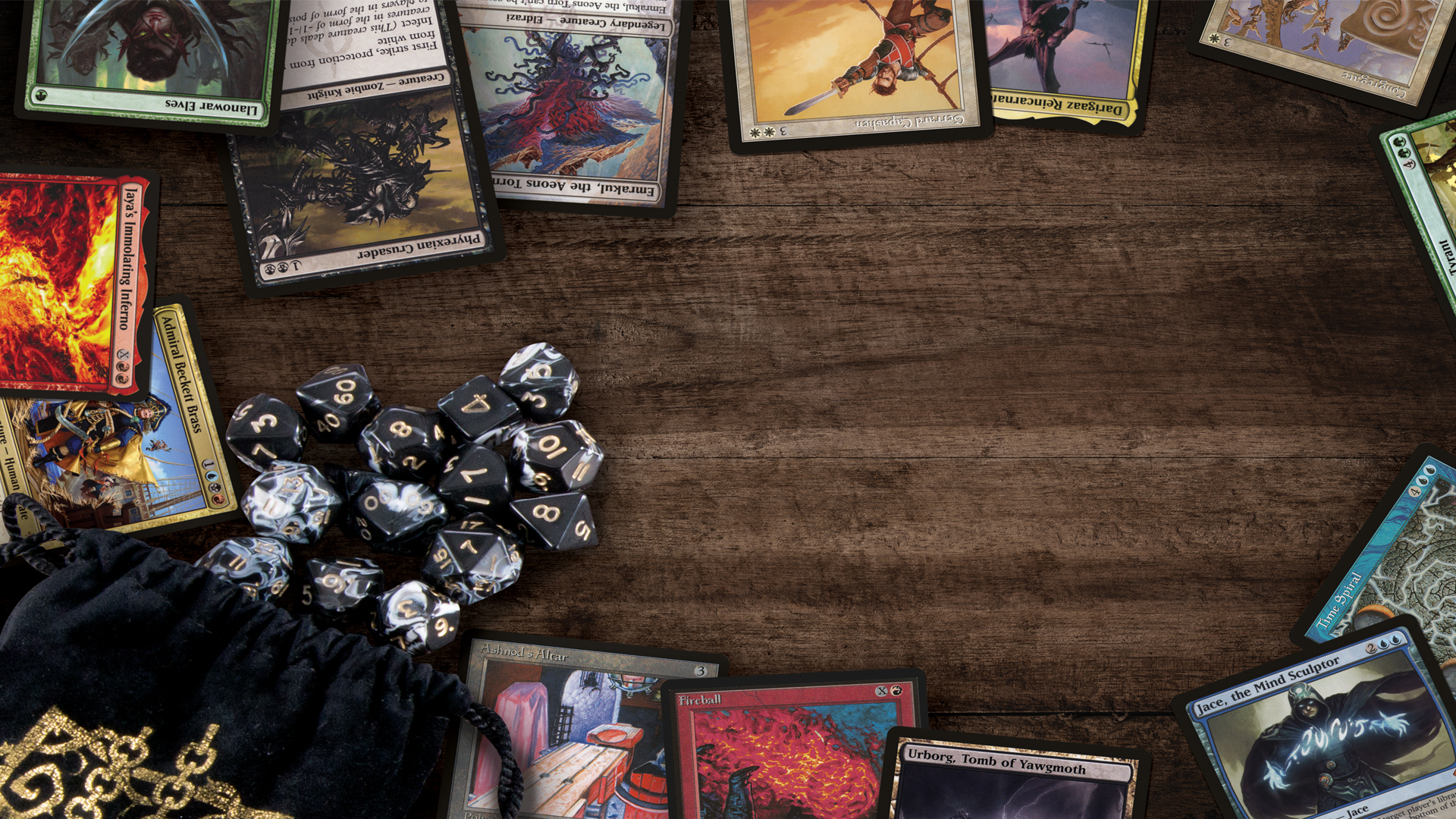
Where would fantasy RPGs be without Magic: the Gathering? In a very different place, we imagine. It's one of the most successful trading card games in the world and has captivated millions with its storytelling potential.
1993 was an epic year for science fiction. The X-Files premiered the first episode of its (now) 11-season run and Jurassic Park beat out ET to become the highest grossing film of all time. It was a time well before games like Skyrim and Dark Souls brought fantasy to life in video game form. It was at this time that designer Richard Garfield began his quest to revolutionise gaming, creating a new type of fantasy with Magic: The Gathering. Where modern fantasy games create expansive open worlds that live inside consoles and PCs, Garfield wanted to conjure a more analogue gaming experience.
"I loved the variety that trading cards promise – and often deliver," Garfield tells us. "I like a well-crafted game that fits in a box – but a trading card game gives you the chance to offer all the play value that game has, plus all the play value that exists in all parallel universes where you balanced things differently and made different design choices."
Ripping up the rulebook
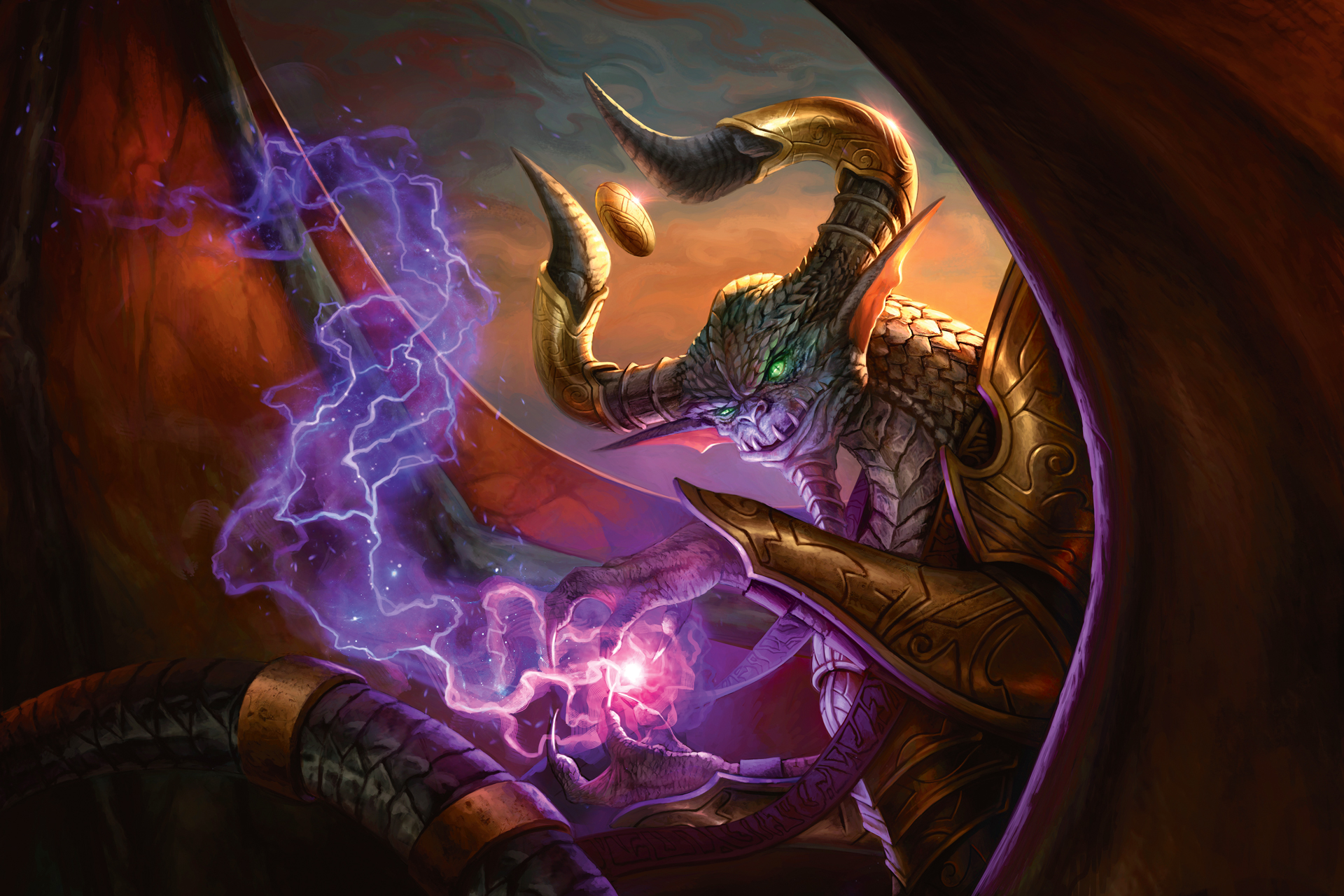
When he created the game back in 1993, Garfield wanted to tear up the rulebook. A fan of breaking down the games he loved and modifying them to see how they played with different rules, Garfield wanted to create a game that captured a unique sense of variety for its players. And so the world’s first trading card game was born. "I think the idea that each player can choose half the cards – effectively designing half the game – was a way to share the variety and unexpected play situations that tweaking game rules gave me," says Garfield.
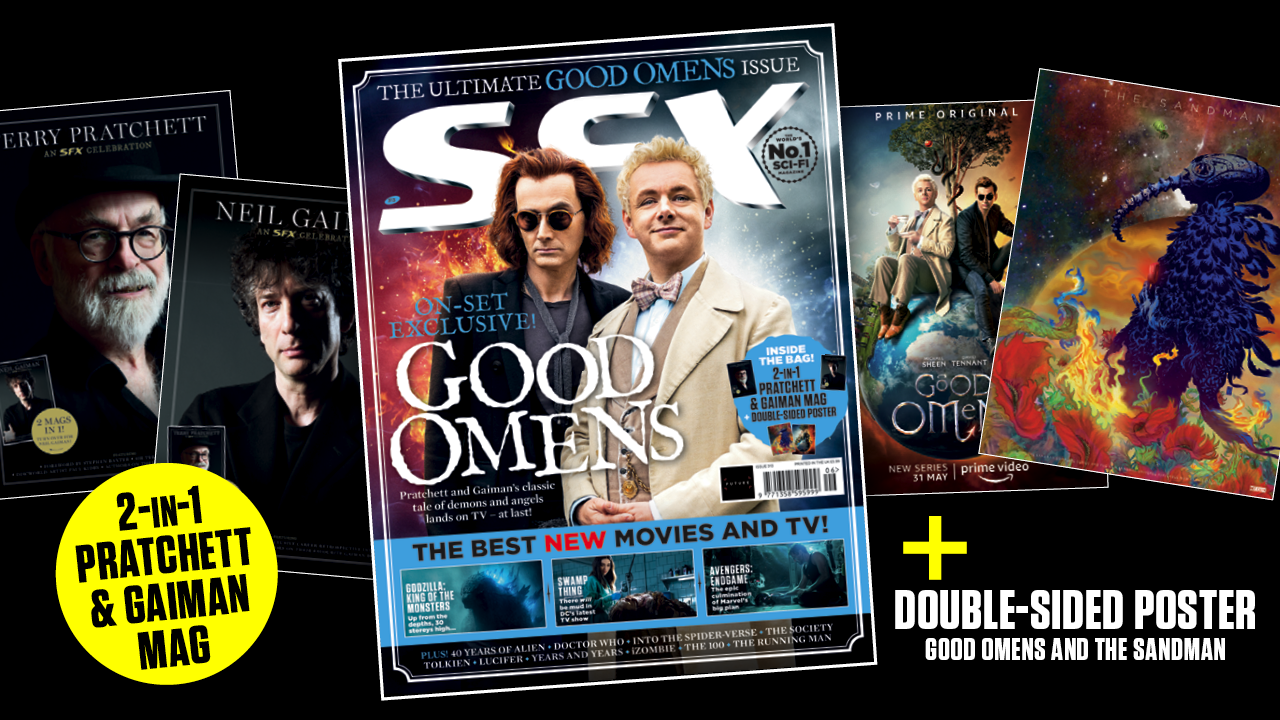
This feature first appeared in SFX Magazine. Get a monthly dose of sci-fi and fantasy delivered straight to your doorstep or your inbox by subscribing to SFX here.
Knowing that he wanted to create a game that gave players control over the narrative, Garfield set about building the first version of Magic. Like all great quests, the creation of Magic: The Gathering was a winding path in search of the game we know today. Magic drew inspiration from several games that came before, but it was one game in particular whose science fiction universe inspired more than most. Cosmic Encounter was released back in 1977 by Eon Games, and saw players battling as alien races to control small pieces of the universe. Players could make uneasy alliances in an attempt to better their chances of winning the war, using the unique abilities given to each alien race. This concept of characters with unique abilities would work its way into Magic.
At a time when fantasy was largely being inspired by Tolkien, Garfield was looking towards history and science fiction for his new universe. "I tried to draw more from myth and folklore than, say, Tolkien or Zelazny," Garfield recalls. "With the first expansion, I read many translations of the Arabian Nights and tried to tie the flavour and mechanics into the various stories."
Alpha Magic

One particular science fiction author’s process inspired Garfield on his quest to construct Magic: The Gathering – he saw a lot of his own approach in the works of Ringworld author Larry Niven. "When he applied his science fiction sensibility to the few fantasy stories he wrote, I really liked what happened," says Garfield. "In some sense, that is what I saw myself as doing – I was putting rules that I understood onto the idea of magic."
Sign up to the SFX Newsletter
Get sneak previews, exclusive competitions and details of special events each month!
"It was 120 cards and we randomly divided the cards into two 60-card decks and played the resulting decks for many evenings"
Richard Garfield
Niven would go on to inspire more than just Garfield’s creative process. An early card he called "Nevinyrral’s Disk", a reference to the novella The Magic Goes Away, found its way into the Masters Edition expansion. As he worked his way through the early development of the game, Garfield experimented with a number of different mechanics before settling on the magic of its name. "There were a few other variations for the first version of the game, including other fantasy themes such as dungeon exploration," Garfield explains. "Once I thought of using magic as the focus, I knew that was what I would go with – it felt perfect, since it has flavour and can allow anything to happen in the game universe."
This led Garfield to create what he called "Alpha Magic", the first version of the game. "It was 120 cards and we randomly divided the cards into two 60-card decks and played the resulting decks for many evenings. It was a month or two later I had a version in which players all got their own cards." By the time the game was announced at an art show in the Wizards Of The Coast headquarters in April 1993, cards would be divided into five primary colours: white, blue, green, black and red. Each colour would, like the aliens of Cosmic Encounter, bring with it its own set of abilities and card types.
The big picture
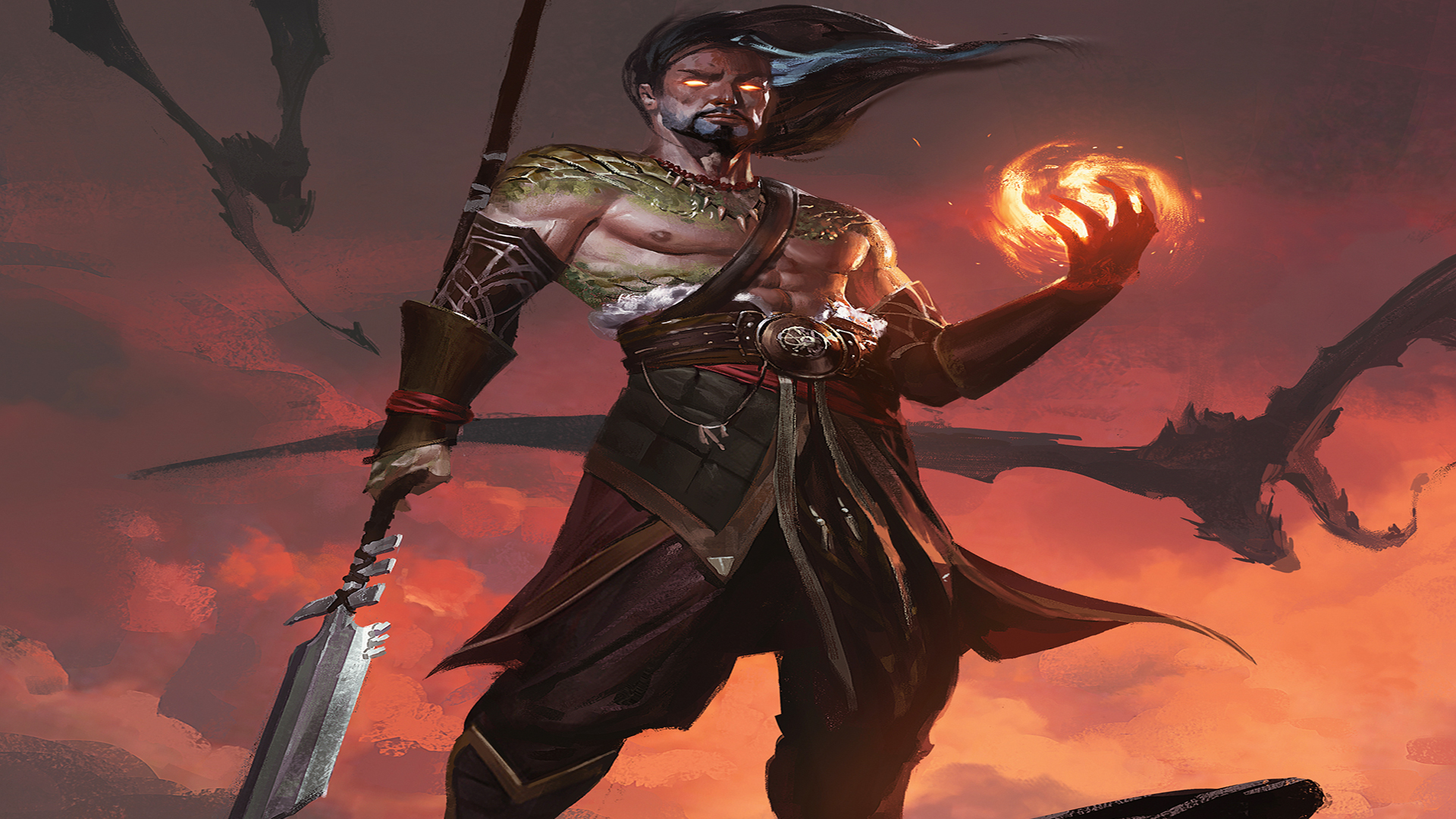
Modern Magic: The Gathering cards are works of art in themselves. The game has seen hundreds of artists crafting huge creatures, iridescent spells and new variations of classic landscapes, but this wasn’t always the case.
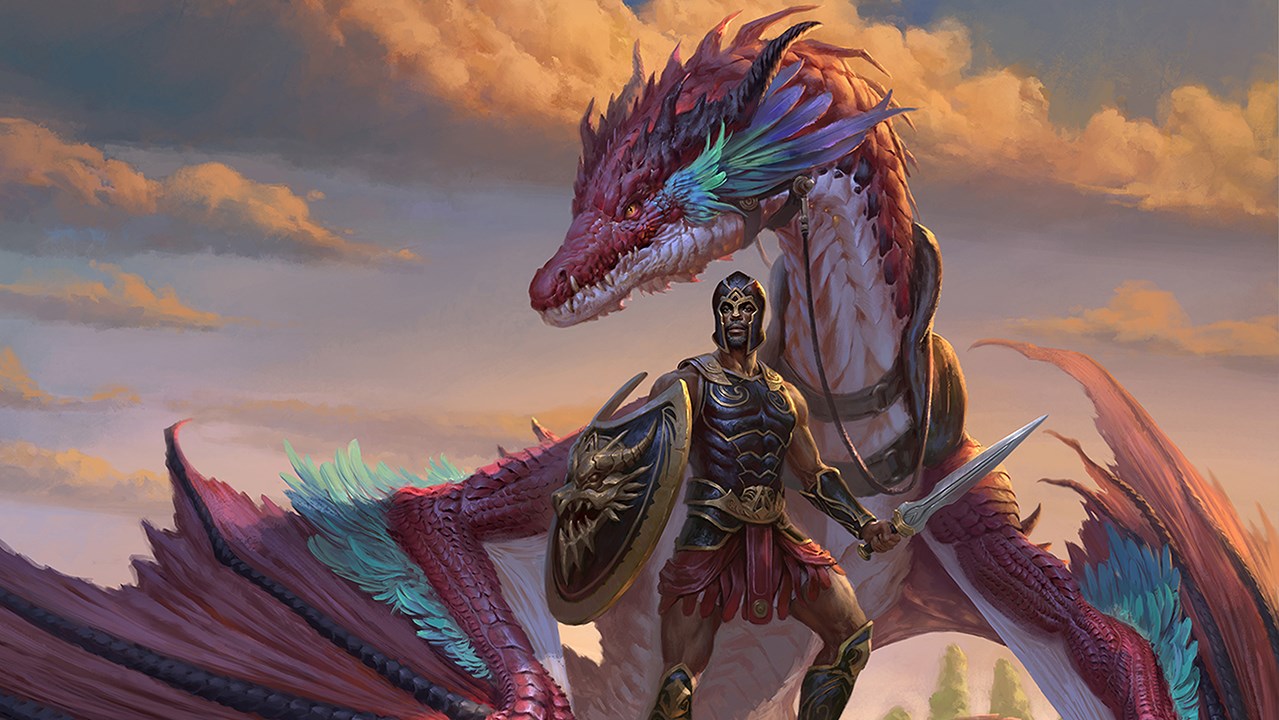
D&D and back again: How two ex-BioWare directors are returning to their roots
The "Alpha Magic" cards were a far cry from the works of art that players use today. They were crudely designed, using pictures of Spock and Kirk in lieu of art to depict each new character within the game. The modern version of the game is famous for the painting that accompanies each card, with artists ranging from the Welsh-born John Avon to "Nevinyrral’s Disk" artist Mark Tedin bringing their own unique voices to Magic.
"Working for Magic can be overwhelming for an artist because of the art legacy," fan favourite artist Magali Villeneuve tells us, "and also because of all the breathtaking artists currently working for the game." Villeneuve has been working on the game since 2013’s Theros expansion and has gone on to paint some of the most iconic cards in the game’s recent history, including the Planeswalker "Chandra, Torch of Defiance".
With such a long history of great art, she needed a motto to help inspire her to bring something new to the growing and shifting world of Magic. "Killer artists are out there, but you’re working along with them," she explains. "Bring your own personal stone to the huge building." It’s a mantra that would require 12 Post-it notes in order to fit on the wall of her office, but it’s also one that perfectly captures the evolving history of the game.
Sprawling impact
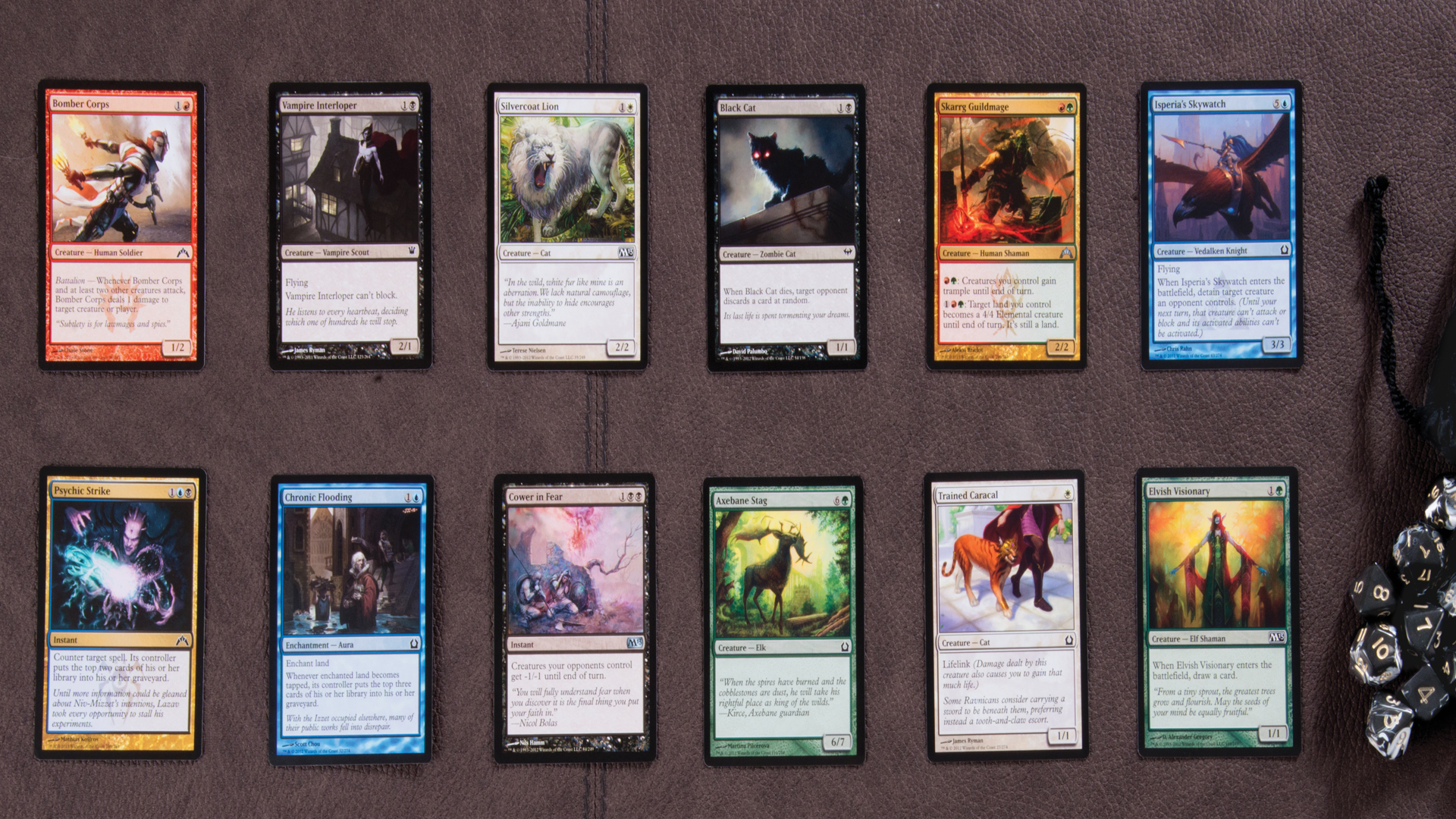
This same ethos of diversity extends to the millions who play in everything ranging from world championships to classic "Friday Night Magic" events. The impact of the game was almost instantaneous upon its release. By 1996, the Wizards Of The Coast ranking system DCI had registered its 100,000th member, and by 2006, the world’s one millionth DCI sanctioned tournament was held in Japan. "I hoped the game would be successful, but knew it might not be," says Garfield. "I had played plenty of games that I loved that hardly anyone had ever heard of. Even when contemplating success, however, I never dreamed it would have such a large cultural impact."
Ethan Fleischer, one of the current designers taking Magic forward into the next quarter-century, reaffirms Garfield’s vision of a game that constantly reinvents itself. "It is voracious for new ideas," he says, "and it’s usually more important for us to look forward than it is to look back."
"It’s usually more important for us to look forward than it is to look back"
Ethan Fleischer
As the game enters the next 25 years of its life, shepherded by the new generation of creatives, more expansions and cards are released every year, further diversifying the gaming experience for players. Game shops all over the world host pre- release events for new expansions, and players craft new decks to do battle with each other, using new mechanics and new characters to tell all new stories.
The storytelling potential of each new card speaks to the wider "flexible" game that Garfield set out to create. "Feldon of the Third Path", one of Fleischer’s more recent contributions to the game, is a particularly tragic example of the game’s storytelling potential. "This old man labours ceaselessly, making robot replicas of his dead wife, only to destroy them when they fail to live up to his memories of her," says Fleischer. "It’s one of the saddest stories ever expressed in trading card form."
Future expansion
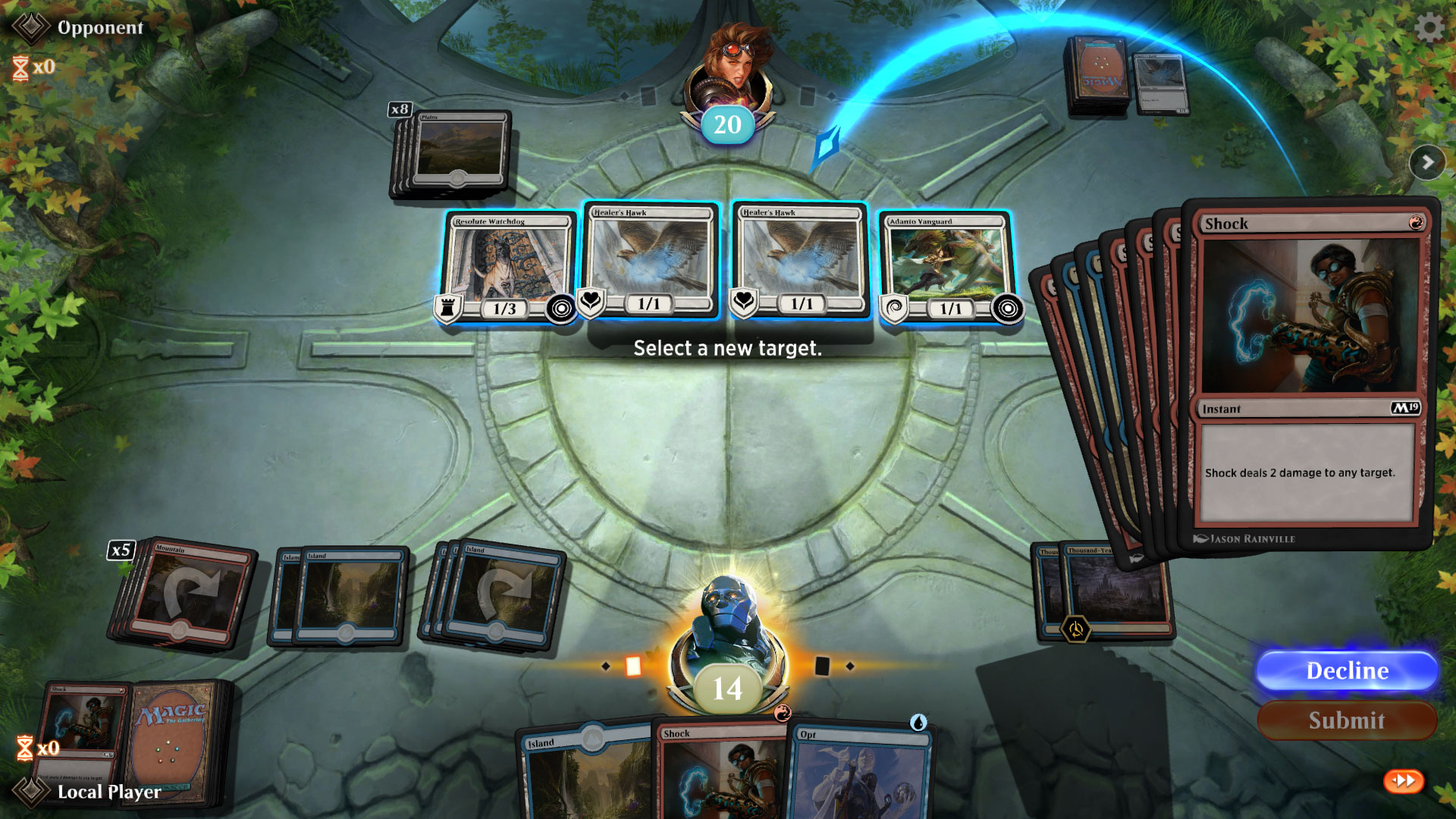
With each new card created and each new game played, Magic grows and develops, becoming more diverse and, as Fleischer notes, "providing a social outlet for millions of players" around the world. "I want to keep on seeing just as many (and always more) awesome players of all ages, cultures and backgrounds, playing with people they would never have met otherwise," Villeneuve reflects. "That’s definitely Magic’s power."
As for Garfield, he says he still plays Magic irregularly while helping out on upcoming sets over 25 years on from its creation. "When I play I like to play whatever colours are the current underdogs. I like finding the hidden gems and making them work, at least a little bit." Magic: The Gathering itself is anything but an underdog, and even in the world of consoles and virtual reality, an analogue trading card game is still as important as ever.



